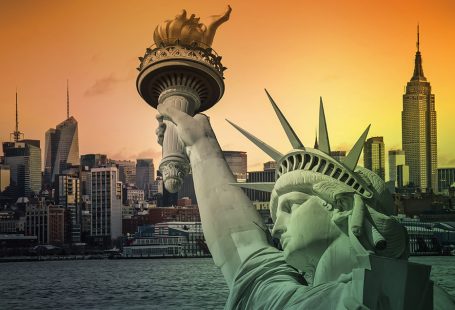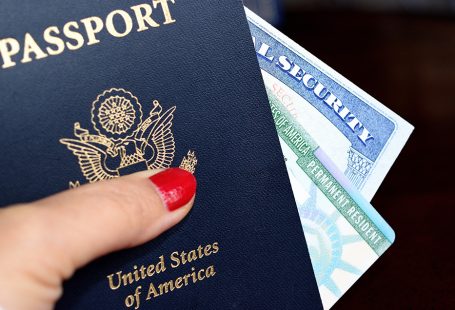The EB-5 visa program allows foreigners who invest in the United States or companies based there to reside within the US. While there are many EB 5 advantages for investors and entrepreneurs who wish to take advantage of this program, there are also benefits available to the businesses and communities in which they invest. Here’s what you need to know about multipliers and the potential EB-5 economy boost.
What Is a Multiplier?
In economics, the term “multiplier” refers to the indirect financial effects that a business or industry might have on the surrounding area. No company can exist in a vacuum, and a business that generates income may also provide economic stimulation by providing employment or becoming a client of existing businesses. For example, a restaurant might create a multiplier effect by creating new jobs, purchasing food from nearby farmers, providing work for truck drivers who transport the food to the restaurant, patronizing local construction and utility companies, and buying equipment or furniture from nearby businesses.
The effect is then increased when the businesses that benefit then stimulate the economy themselves. For example, a farmer that provides produce for a nearby restaurant might use the extra income to employ more workers, buy better equipment, or make discretionary purchases. Then those who benefit from the farmer’s actions might themselves benefit others. The multiplier effect tends to decrease eventually, due to factors such as taxes, personal savings, or cash flow out of the region. However, economic multipliers mean that a single investment can have a much bigger impact than is immediately apparent.
Calculating Multipliers
An economic multiplier is calculated based on a number of factors. It represents all economic activity that might be induced by or indirectly generated through an investment. Multipliers are unique for every project and each location—for example, large regions tend to have larger economic multipliers, while certain industries have a smaller impact on an area than others. Local wage requirements are also important to take into account.
When it comes to EB-5 projects, economic multipliers are dependent on the response coefficient, or the number of jobs created by each dollar of the investment. This coefficient is calculated by adding together all the economic impacts of a particular investment, summing up each round of indirect effects. This total is then compared with the number of jobs which that sum could make possible, and divided by the initial investment.
When trying to calculate a multiplier, it’s best to get in contact with a trained economist or visa expert. These coefficients and variables are based on a number of complex economic models, as well as important knowledge about a local economy or industry. Potential investors and EB 5 applicants should be sure to reach out to a financial or legal expert to help them ensure that they can meet all visa requirements.
Multipliers and EB 5
Under the EB 5 program, each investor is required to create a total of at least ten full-time jobs in the US in order to receive and retain the visa. Fortunately, economic multipliers and indirect impacts are taken into account. The EB 5 program is an excellent way to boost regional economies, and offers many benefits to the investors as well— contact us today to learn more.











Social Profiles